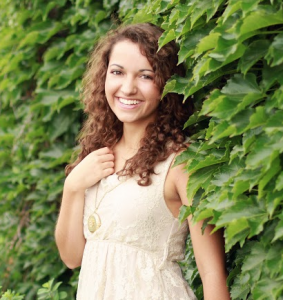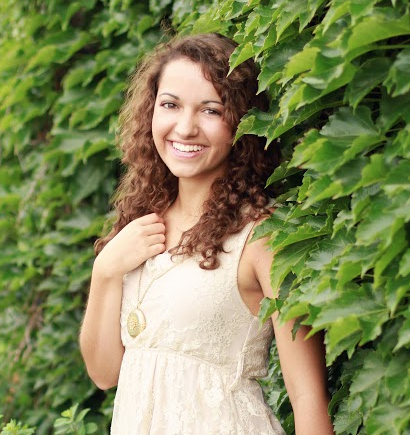How many dates does it take to fall in love? St. Thomas sophomore Molly Street, a contributor to The Lala, an online publication targeted toward college-aged women, performed a social experiment to try and answer this question.
An article in The New York Times titled “The 36 Questions That Lead to Love” motivated the experiment. The 36 questions are broken up into three sets, each set intended to be deeper than the previous one. The idea is that by asking the questions on a date, the mutual vulnerability will foster closeness.
“I was super skeptical about the questions, but everyone else who I talked to that read the article thought it would be so cool to try it,” Street said. “I think me not having any (dating) experience made me more interested in performing the experiment, too.”

Street posted on the St. Thomas Class of 2017 Facebook page, seeking five to 10 male volunteers to go on a date she would pay for. Within the first few hours after posting the request, she surpassed her quota for volunteers.
To solve this problem, Street decided to draw five random names out of a hat and go on dates with the chosen men. She discussed the 36 questions with each of her five dates and said she is now a believer in the method.
“Honestly, I didn’t think it would work, but now I do think so,” Street said. “I think the questions – in the way that they’re ordered – do a really good job of opening people up. I actually had troubles with some of the dates with the time limit we had.”
Sophomore Evan Cross, one of the five men chosen to go on a date, agreed the questions generated high quality conversation.
“It kind of forced you to get to know each other really quickly because the questions got more personal as you went along,” Cross said. “It was cool because you got to know the personal things about the other person right away, and they were honest and open.”
Street found many takeaways from going on these dates, including less pessimism toward the opposite sex and a newfound confidence toward dating. She said she believes her biggest conclusion shows many students are interested in more than just a “hookup culture.”
“I think the biggest takeaway for me is probably just knowing that people are open to dating and using that to my advantage in that I’m not afraid to ask someone out,” Street said.
She also stressed that, regardless of gender, if you’re interested in someone and want to get to know that person better, just ask.
Despite Street throwing herself “off the metaphorical cliff of my comfort zone,” sophomore Alysha Nelson is not at all surprised Street conducted this experiment.
“She has done so many crazy things, so it was like, ‘Oh she would totally do that,’” Nelson said. “She has jumped out of an airplane before, traveled to some crazy places, and so (doing the experiment) is definitely her.”
Nelson added that Street’s easygoing personality allows her to get along with others and makes her easy to talk to.
Cross said he enjoyed the date because of Street’s fun-loving nature.
“The first thing I noticed was that she always smiled, and she is a little goofy, which is kind of how I am,” Cross said. “I love hanging around people like that who like to make jokes and are always laughing.”
As for the original question of how many dates it takes to fall in love, Street said she can’t provide a number but believes it takes a lot of dates for a person to figure out exactly what they are looking for in a relationship.
“I would say five is definitely not the number,” Street said with a smile.
William Faust can be reached at faus5612@stthomas.edu.



